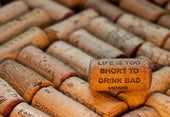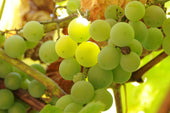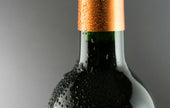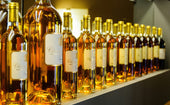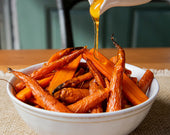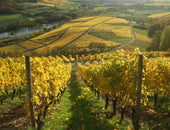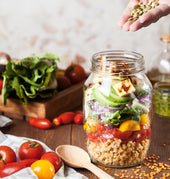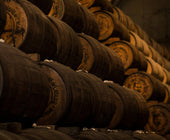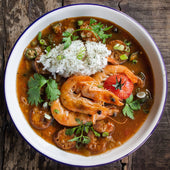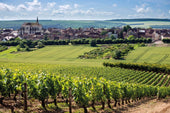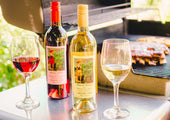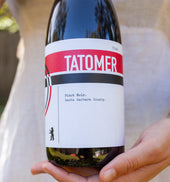
The Impact of Climate Change on the Wine Industry

Climate change is reshaping the global wine industry in profound ways, impacting everything from grape growing to the characteristics of the wines we drink. Rising temperatures, unpredictable weather patterns, and extreme events such as frost and wildfires are presenting significant challenges to winemakers worldwide.
Shifts in Wine Regions
Traditional wine regions are experiencing shifts in growing conditions. Warmer temperatures are pushing optimal grape-growing areas further north or to higher elevations. Regions once considered too cold, like England and parts of Scandinavia, are now producing quality wines. Conversely, established regions like Bordeaux and Napa Valley are grappling with excessive heat, which can accelerate grape ripening, leading to higher sugar levels and, ultimately, higher alcohol content in wines.
Impact on Grape Varieties
Climate change is also affecting the types of grapes that can be successfully grown. Some varieties are more sensitive to temperature fluctuations than others. For example, Pinot Noir, known for thriving in cooler climates, may struggle in traditional regions as temperatures rise. Winemakers are increasingly experimenting with heat-tolerant varieties (see below) or adapting vineyard practices to maintain the quality and style of their wines.
Extreme Weather and Vineyard Management
Unpredictable weather events such as late frosts, hailstorms, and prolonged droughts pose direct threats to vineyards. In regions like Burgundy, early spring frosts have devastated harvests, while prolonged droughts in California have led to water scarcity and increased wildfire risks. These challenges are forcing winemakers to adopt new vineyard management techniques, such as using shade cloths, altering pruning methods, and investing in advanced irrigation technologies.
Changing Wine Profiles
As temperatures rise, wine profiles are also changing. Higher temperatures can result in grapes with more sugar, leading to wines with higher alcohol content and altered flavor profiles. For example, a Cabernet Sauvignon from a traditionally cooler vintage may now exhibit riper fruit flavors, potentially impacting its balance and aging potential.
Sustainability and Adaptation
To combat these challenges, the industry is increasingly focusing on sustainability and adaptation. Organic and biodynamic farming practices, water conservation, and renewable energy use are becoming more common. Additionally, some winemakers are looking to more resilient rootstocks and exploring the potential of lesser-known, heat-resistant grape varieties e.g.; Assyriko (Greece), Mencia (Spain), Touriga Nacional (Portugal), Vermentino (Italy).
While climate change presents significant obstacles, it is also driving innovation in viticulture and winemaking. The future of wine may look different, but through adaptation and resilience, the industry can continue to thrive.
Contributed by Blake Leland, Sommelier for Plume Ridge Bottle Shop.






